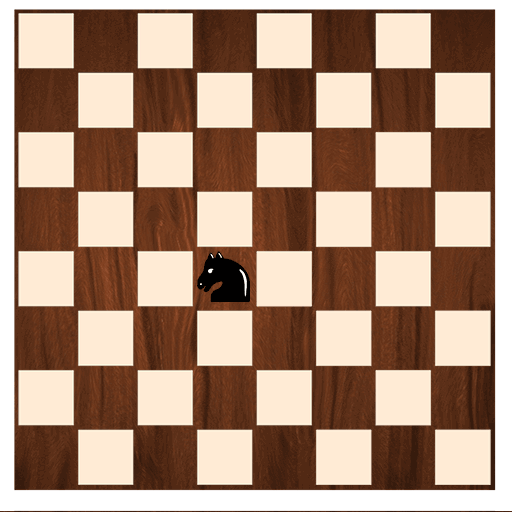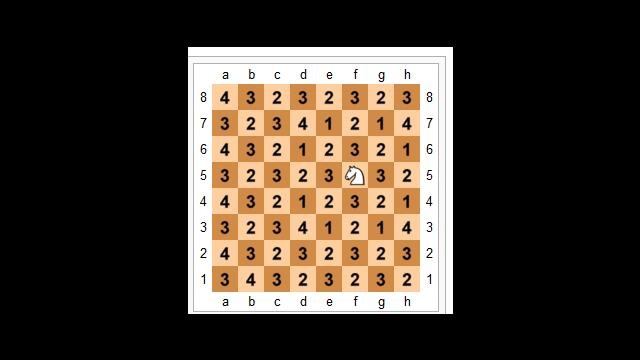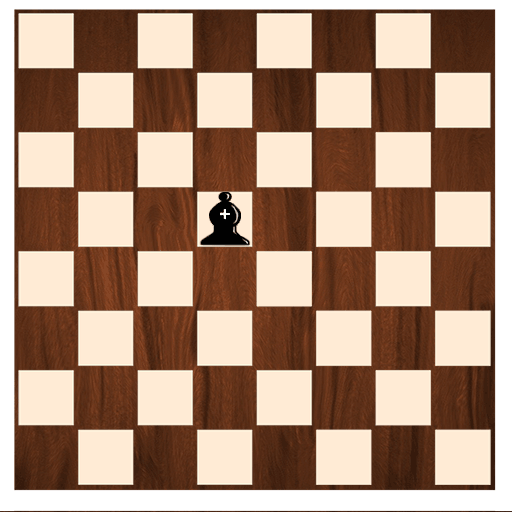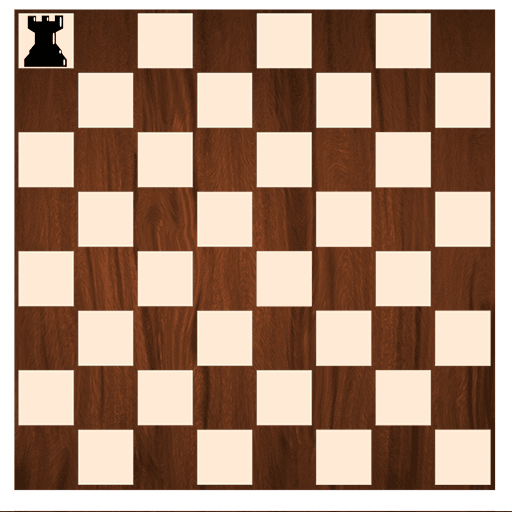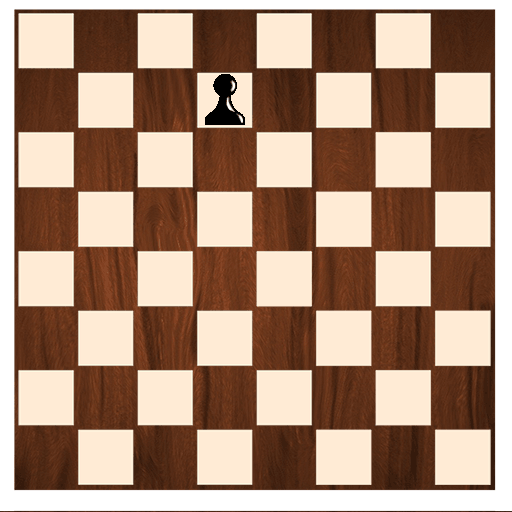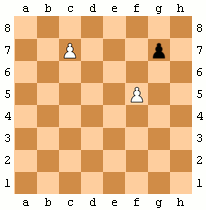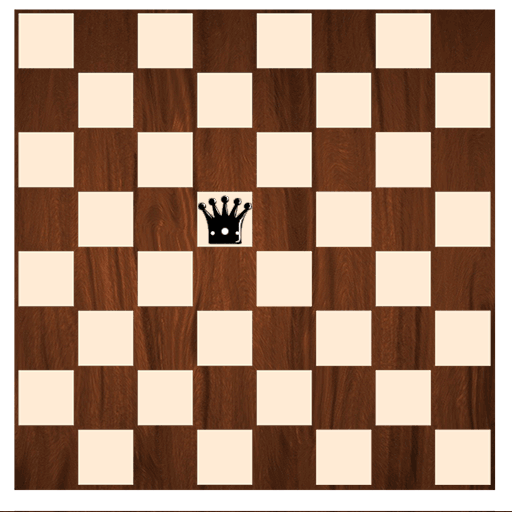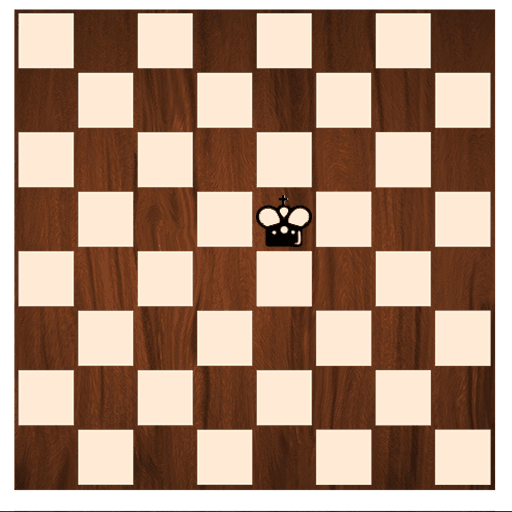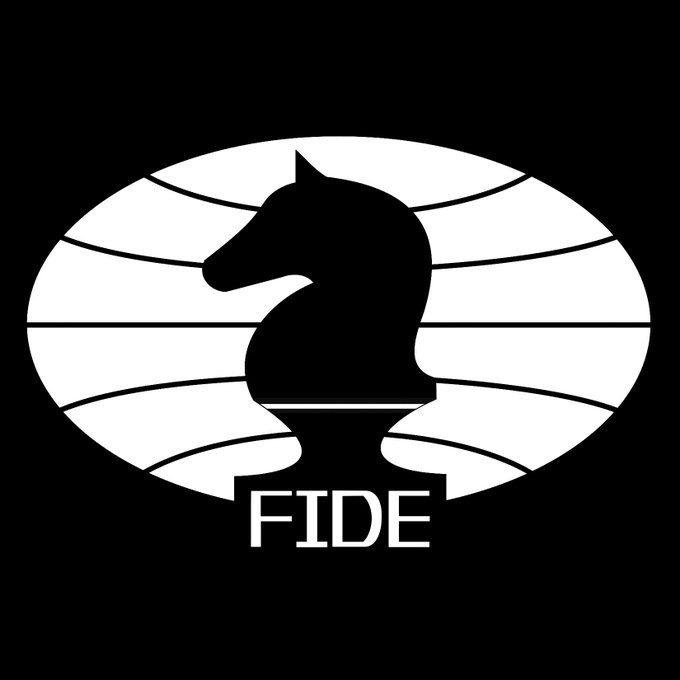Teach Kids To Play Chess
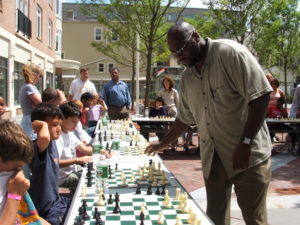
NM Glenn Bady
Chess Master enjoys passing on the love of chess to kids.
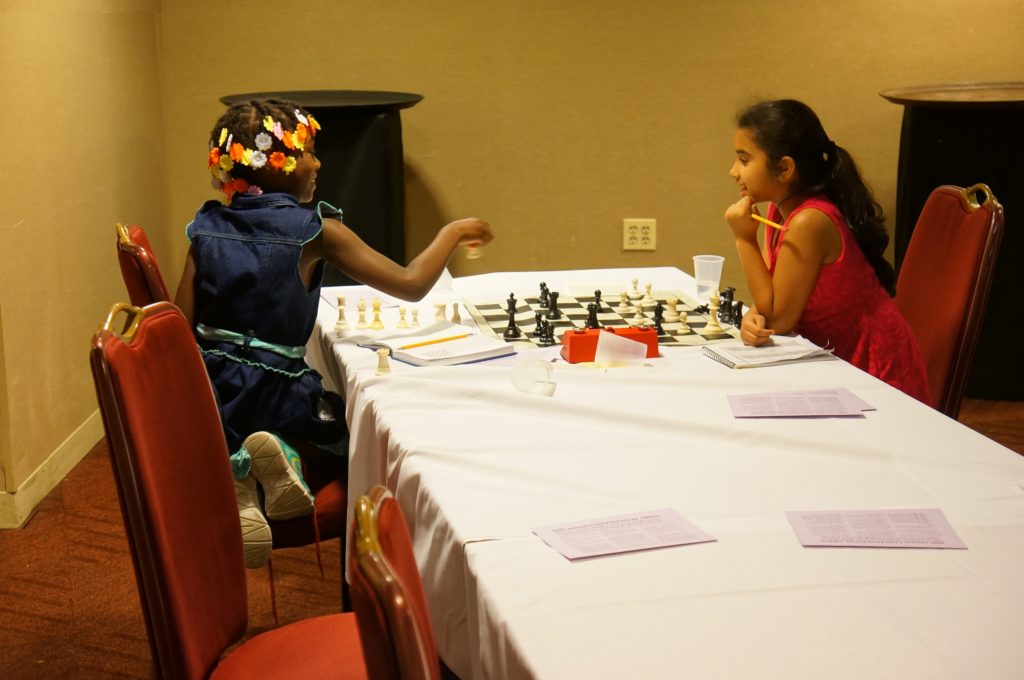
Ah, what’s the first piece? Should we learn how to move and its powers? Before we learn about the pieces, we need to learn how to play chess tournaments gracefully. Win, Lose, or Draw. First, let’s discuss the proper chess etiquette resigning. This is the most difficult for any chess player, but it’s important because it speaks of your character. When a kid decides to resign is up to them; nevertheless, when they resign, they should extend their hand to their opponent and thank them for a good game. Tip: if a kid is interested in rapid improving they should analyze their losses immediately after the game with their opponent. Keep still in your seat; if you need to release some energy, get up and walk around. Always shake your opponent hand before the game.
What does a Knight do in Chess
Let’s briefly review the chessboard: The black corner square is always on your left-hand side. There are 64 squares on the chessboard. The Knight is a sophisticated, cunning piece. His purpose during the opening phase of chess is the protection of his King. Ok, so what can a Knight do in chess? As I said, his purpose during the beginning of the game is to protect his King; how he goes about this is, the knight protects the squares closest to the King. The Knight powers form an invisible barrier, like a sonic wave, around his King. Now that we know the behavior of the Knight, how many spaces can a Knight move? There are two a couple of answers to this question. The first and probably most known: The Knight move in an L shape, and he moves three squares. The second, and quite interesting, is: The Knight moves one square verticle or horizontal, and then one square diagonal in any direction. During the middle and endgame, the Queen and Knight is a formidable foe. All chess pieces have value or power; the Knight is considered a minor piece and values at 3 points.
When you are learning chess, the Bishops work in pairs. It’s important to recall that Bishops operate in pairs: a light square and a dark square bishop. When one is removed from the chessboard, the remaining one can diminish in power. Which way does the bishop move in chess? The Bishop move diagonal, and they have to stay on their respective colors. We have a light square Bishop and a dark square Bishop. Just wondering, is one Bishop stronger than the other? Hum…such an advanced question for a beginner; it depends on the positional qualities. Ok, now I understand; you don’t know. Well yes. What I do know is that the Bishop is value, power at three points. Equal to the Knight. The Bishop is said to be the Queen’s and King’s confidant. The Bishop is an l0ng range piece, unlike the Knight, which is a short-range piece. In middle and endgames, Bishops and Rooks work well together. The Bishop is considered a minor piece.
You will hear experiences chess players use these terms when discussing chess positions concerning the Bishop: It’s often called, Sniper, Laser, Long-range Torpedo, and laying in the cut.
Basic Rook moves in Chess
The Castel or Rook, where the King and Queen reside. Interestingly, most endgames come down to Rook endgames. That is Rook vs. Rook and pawns or Rook vs. minor piece. The reason for this is because the Rook is most powerful on an open board. During the chess opening and middle game, the chessboard files and ranks are closed. Close only means that there are pawns and pieces on the files and ranks. Therefore, the Rook doesn’t have room to roam. Remember, the Rook needs room to roam; a close position is an enemy of the Rook. The Rook and the Bishop work well together. The Rook power is 5 points, and it’s a major piece. The Rook does have a special move, which is tricky, but you must know. It’s called castling. Ah, sounds familiar. Yes, the King and Queen live in a castle. Without the Rook, the King would have to stay in the middle of the chessboard, open territory, subject to Snipers and other deadly foes. So, tell me, when to Castel in chess and how do we go about it? Ok, sit back, let’s take it in; Castiling rules in chess are: You always touch the King first, next you move the King two squares to the right, Kingside, or the left, Queenside, from the White perspective. You’ll not finish the Castle move; next, you jump with the Rook, over the King, to the King’s adjacent square. You have completed your Castle, and hopefully, your King is safe. There are exceptions when you can’t castle if you moved your King or Rook, you can’t Castle. You can’t Castle across a check, thru check, or if you’re in check.
These are some of the special moves in chess: White castle on the Kingside.
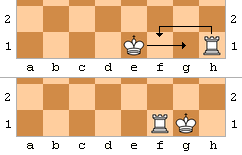
These are some of the special moves in chess: White castle on the Queenside.
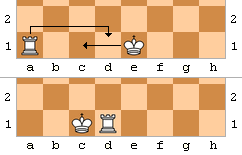
What is Check in Chess?
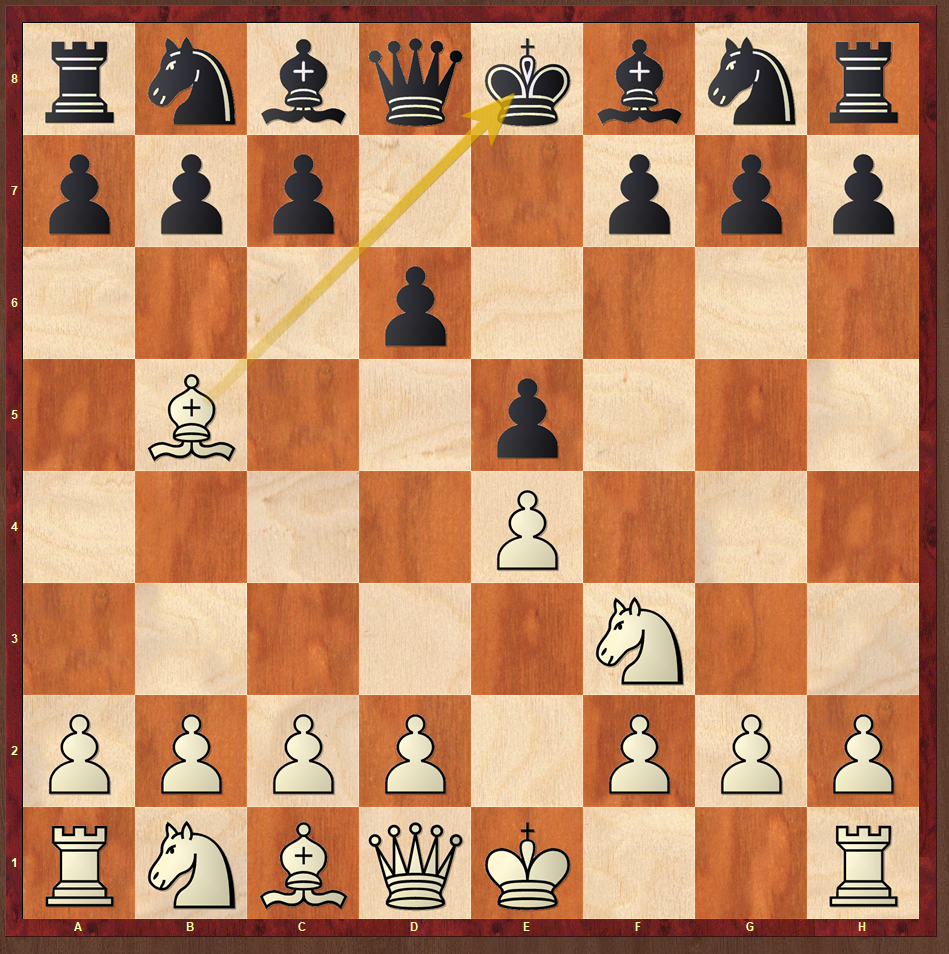
What is check-in chess? Check is a warning to your opponent that his King is in danger. A check can be minor or a major disturbance. All checks should be taken seriously because a check forces you to react; you must answer all checks.
Check and Checkmate
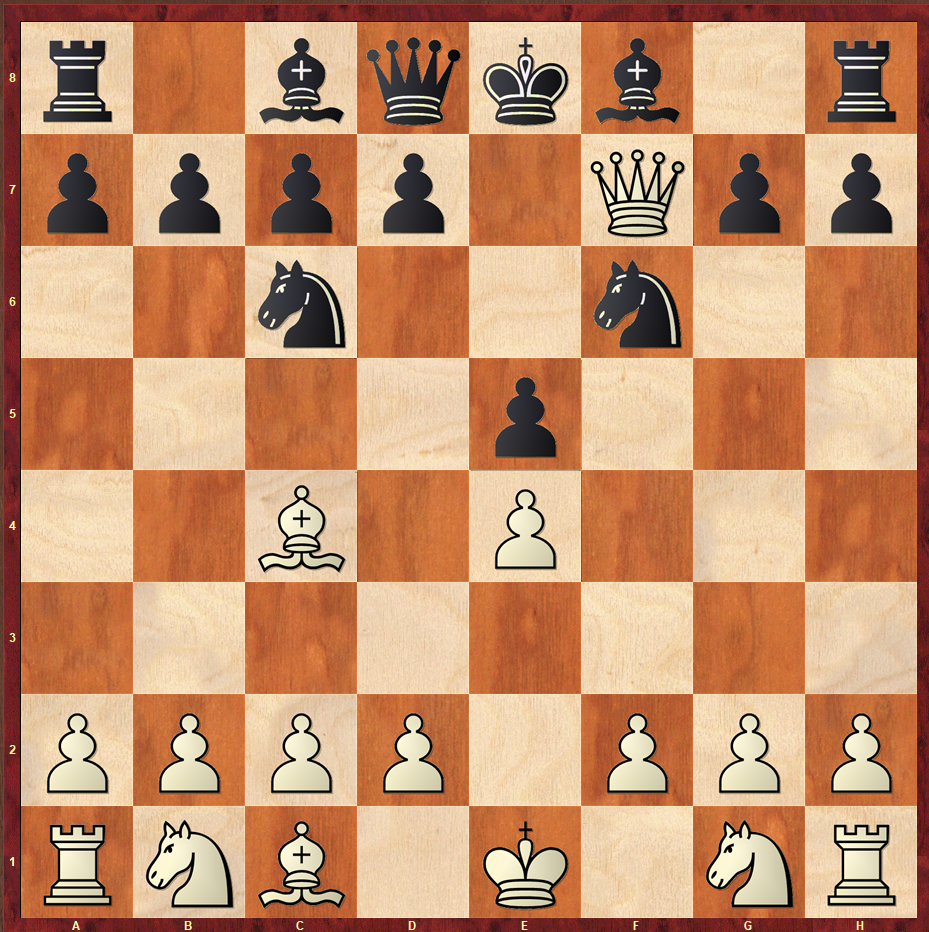
Checkmate term is relativity simple but difficult to realize during the game. Checkmate takes coordinating your pieces in a strategic journey. What do you mean? Well, your opponent is putting up resistance via defending or attacking. Therefore, you must answer his threats while trying to checkmate. Will, your nerve get the best of you? Remain calm. So, checkmate is when your opponent is in check, and he can’t block, capture or move out of checkmate. Stalemate is a draw; both players get one-half of a point. Stalemate is when your opponent is not in check, but his king can’t move without being in check, and he has no other pieces to move.
I guess it’s more of a unit. Pawns are weak by themselves, isolated pawns when doubled or hanging. These concepts are advance, so no need to think of them now, but you will have to learn them to improve at chess. Pawns can be promoted to any piece, except the King, when it reaches the last rank; for White, that’s the eighth rank; for Black, that’s the first rank. Pawns move one square or two squares on the first move; thereafter, the pawn can only move one square. A pawn is valued as one point but gets three or four pawns marching down the chessboard, entering your territory, and you’ll think they are worth 100 points.
En passant definition chess. This special of the pawn looks crazy when you first see it, but there is logic to it. En passant is a French word meaning in passing. A pawn can use this move when his opponent’s pawn is in 7th rank, and his pawn is on the 5th rank or vice versa for Black. Naturally, pawns capture diagonal on adjacent file. If White’s pawn is on f5 and Black’s pawn is on g6 White can capture the Black pawn. Makes sense, right. But, this is Chess and a pawn can capture another pawn with the special En Passant. Ok, this is not making sense.
En Passant Logic as I See It
Why is such a little pawn causing all this confusion? He wants attention. We do know that a pawn capture diagonally; why give him these superpowers to capture sideways? Because a Pawn can only move one square at a time, only when he’s on the 7th or 2nd rank can he move two squares? If the White Pawn is on the 5th rank (f5 for an example) and Black Pawn is on the 7th rank (g7), White’s pawn is controlling g6 and e6 (he can capture any piece that lands on these squares). Therefore, if Black elects to use his superpower move of g5, White can counter with his superpower move, en passant, f5xg6. X is how we denote capture in chess. Does that make sense? I hope so.
The pawn has this special move called en passant. En passant is a French word meaning in passing. At first, en passant can look crazy because it is so different from a natural pawn move. But this is my theory of en passant in chess. Let’s look at this logically; here we go. A pawn can really move one square at a time; only on his first move is he allowed to move two squares, basically ignoring his opponent pawn, which stands on the next file over. Therefore, a special move by one pawn deserved a special move by your opponent pawn. We equal now, we cool.
Queen Chess Piece Moves
The most powerful piece graces the chessboard, willing her power thought-out the Kingdom. She moves diagonal, verticle, and horizontal. The magic of her Lady is that she is direct and far-reaching. She attacks in so many directions simultaneously; you must be on the consent watch or lose material. She works well with the tricky Knight. Her Majesty mounted on a Knight will bring destruction in your camp. Her power is 9 points; she is a major chess piece. During the opening, we keep our Lady rested on the 2nd or possibly the 3rd rank. During the middle game and endgame, her force on the entire position is scary, especially if she is on the attack with supporting pieces. There aren’t any special moves with the Queen, but her power is awesome.
In Chess, can the King attack?
Yes, the King can attack, but mostly in the endgames. During the opening and middle game, you must guard your King against checkmate. When the King enters into the endgame, few pieces can coordinate an attack on the King. The King’s moves are transparent, only one square in any direction. However, simple to state, extremely difficult to know which is the best one square. Of course, we know about the King special move of Queenside and Kingside castling. The major takeaway with the King is understanding its endgame powers.



